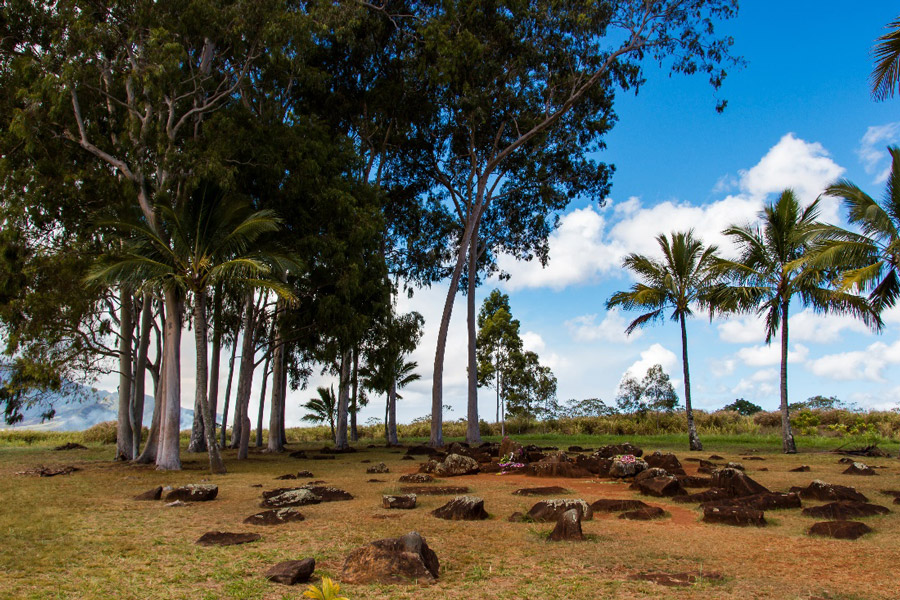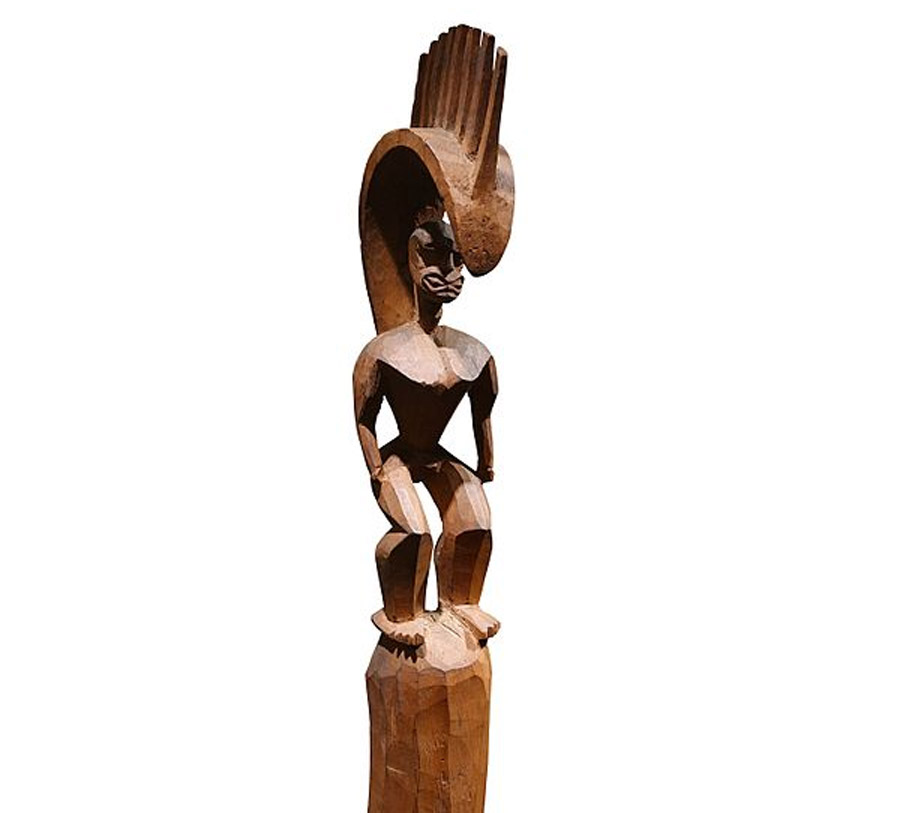In the heart of the Hawaiian island of Oahu on the Wahiawā Plateau can be found a sanctuary like no other. Kukaniloko is a birthing stone site, the place where, for several centuries, Hawaiian royalty was born.
Although Kukaniloko is no longer in use, the site has retained its sacred nature amongst the indigenous population of Hawaii, who also revere it as a place of learning for various groups of peoples. But the sacred site is full of mystery.
Why did royal women attempt the heavily pregnant journey to the plateau to give birth? What was it about this place and these stones that drew them, generation after generation, to ensure that the royal line was always born here?
A Holy Place
The name “Kukaniloko” may be translated as “to anchor the cry from within” and this seems to offer a tantalizing clue as to the importance of the location. The Wahiawā Plateau lies between the two main mountain ranges on Oahu, and the site is at the intersection of the two main trails that cross the island.
It is thought that the site is located on the island’s geographical and spiritual center, which has led to the belief that the life force of the land is strong at the site. In addition, Kukaniloko is believed to be connected with other sacred sites not only in Hawaii, but also across the Pacific.

Kukaniloko consists of a group of stones, many of which contained man-made “poho” (basins). These were used to support the high chief’s wife when she gave birth at the site.
- Brazilian Mystery Ditches: Man-made and Older than the Jungle?
- Cahokia Mounds: The Largest Ancient City in North America
According to historical records, there were also other stones, forming two rows of 18 at the site. These served as the seats for the 36 chiefs who witnessed the birth of the child.
The other chiefs were present as observers, so that the birth could be preserved in the oral historical record. Some of the chiefs may have also assisted with the birth.
A History at the Heart of the People
According to some sources, Kukaniloko was built by a chief named Nanakaoko, and his wife, Kahihikalani, for the birth of their son, Kapawa. According to this version of events, Kapawa was the first Hawaiian chief to be born at Kukaniloko, in the early 8th century.
This practice continued until the middle of the 17th century, and the last great chief known to have been born at Kukaniloko was Kakuhihewa in 1540. Even though no longer used, Kukaniloko was regarded as a sacred site in the centuries that followed.
For instance, during the late 18th century, Kamehameha, the founder and first ruler of the Kingdom of Hawaii, wanted his wife, Keopuolani, to give birth to their son at Kukaniloko. As another example, old Hawaiians who lived during the early 20th century recall that when they were children, their parents would forbid them to approach the site, out of respect.
A Place of Authority and Safety
According to historical records, once the birth was completed, the child would be taken to the “waihau heiau” (a temple dedicated to the fertility god Lono), where the umbilical cord was cut. Purification rituals were also carried out at the temple.

The child would then be taken away from the mother, this separation lasting until the child reached maturity. This was supposed to reduce the risk of the child being murdered by rival chiefs. During his time away, the child would learn leadership, as well as the traditions of his ancestors, so as to prepare him to become a chief.
It has been suggested by scholars that Kukaniloko was actually the center of a larger network of sacred sites that existed in the surrounding area. Unfortunately, many of these sacred sites have been damaged or destroyed as a result of ranching or pineapple plantations. This means that it is difficult, if not impossible, to map the relations between Kukaniloko and these lost sacred sites.
Although Kukaniloko is best known as the place where Hawaiian chiefs were born, it is also thought that it served other purposes. Oral histories, for instance, state that the site was a place of learning for the “kahuna,” the lua practitioners, and the “kilo,” namely, the priestly experts, martial arts practitioners, and astrologers.
The potential astrological purpose of the site is further supported by research in recent times that recorded the designs and patterns on the stones. It is speculated that these could have been used to track the movement of heavenly bodies. Nevertheless, the destruction of sites that may be connected to Kukaniloko, as mentioned earlier, makes it hard to confirm these speculations.
Protected for the Future
Between 1925 and 1960, Kukaniloko was protected by a group called the Daughters of Hawaii. Subsequently, care of the site was transferred to Hawaiian Civic Club of Wahiawā.
Since 1973, the site has been on the National Register of Historic Places. Kukaniloko is also a state monument.
Although the site is today opened to the public, visitors ought to bear in mind the sacred nature of the site, and behave respectfully. This would include not moving or removing anything from the site, and not climbing on the stones.
Top image: The birthing stone at Kukaniloko, adorned with flowers. Photo source: Patricia Barden / CC BY-NC-ND 2.0.
By Wu Mingren